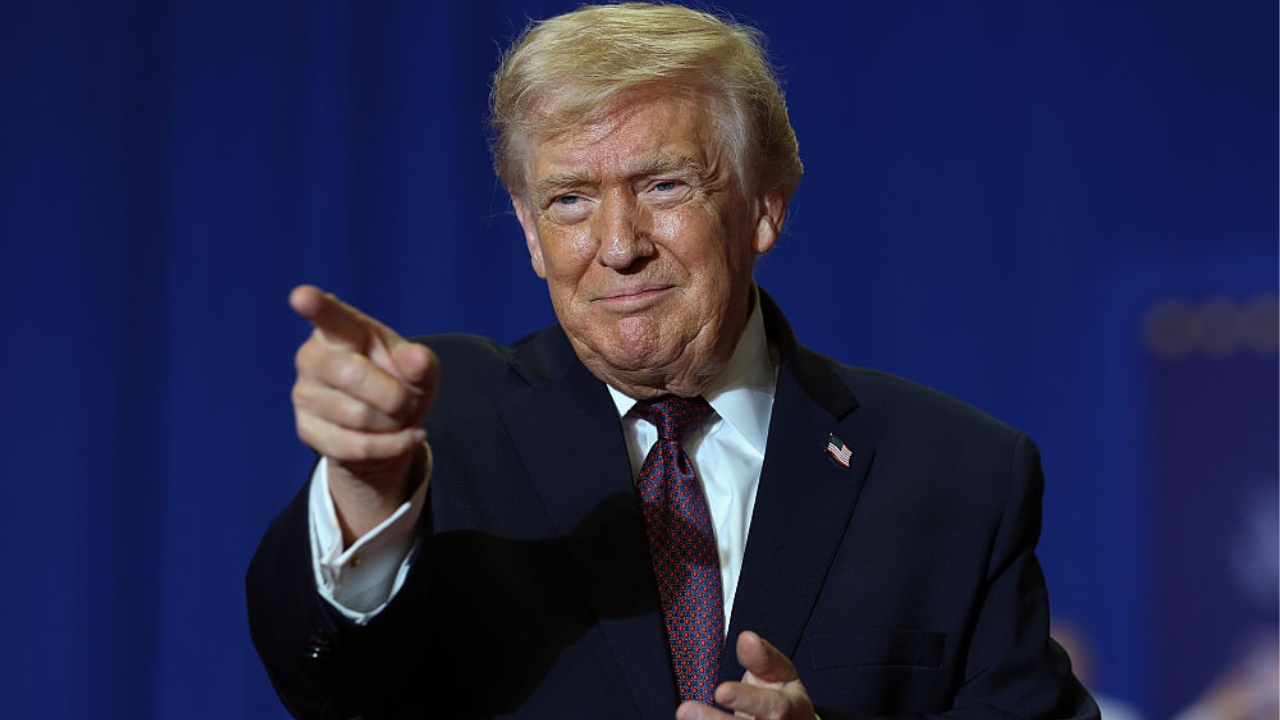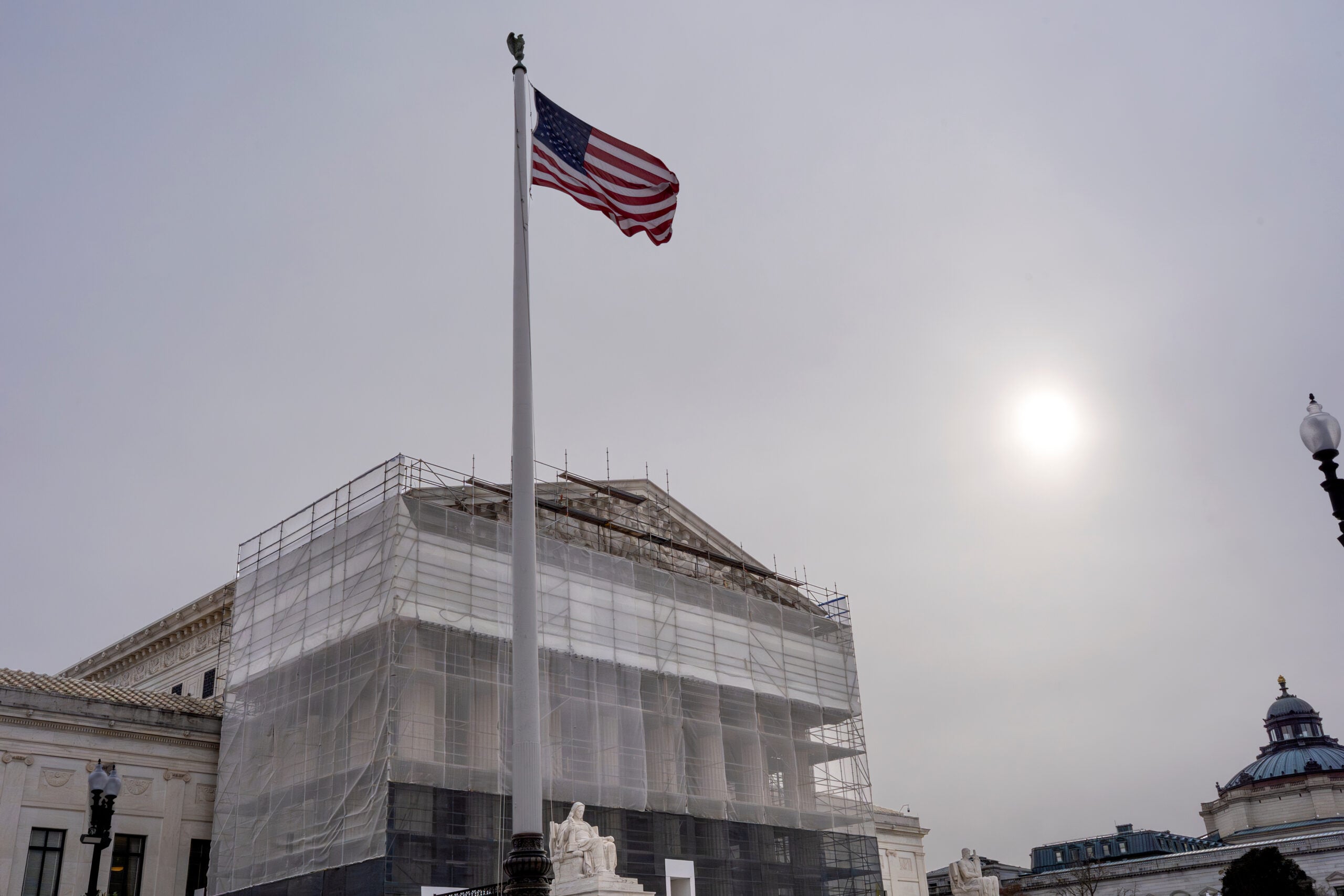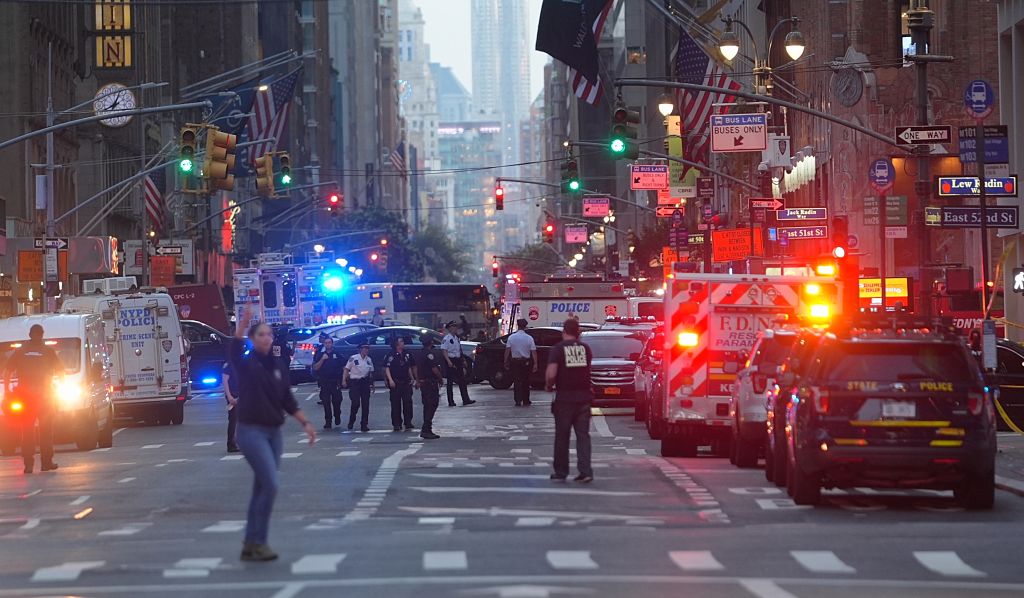After 43 Long Days, Government Shutdown Finally Ends


The longest government shutdown in U.S. history came to an end Wednesday night when President Donald Trump signed a narrowly approved spending bill into law. The measure, which passed the House by a 222 to 209 vote, allows federal agencies to resume operations after more than six weeks of halted services, unpaid workers, and mounting public frustration.
President Trump, flanked by Republican House leaders and several business executives, framed the bill signing as a victory for restoring normalcy but placed blame squarely on Democrats for what he described as “political extortion.” “With my signature, the federal government will now resume normal operations,” Trump said, while accusing Democrats of inflicting unnecessary harm on federal employees and the broader economy. Despite his claims, polling conducted during the shutdown showed that most Americans held Republicans primarily responsible for the standoff.
The final vote came only days after a small group of Senate Democrats broke ranks to join Republicans in advancing the spending measure: A move that triggered backlash within their party. The vote marked the House’s first session in nearly two months following an extended recess that stretched throughout much of the shutdown. For many lawmakers, the return to work underscored the urgency of addressing the far-reaching economic and social fallout of the funding lapse.
Some federal programs, including food assistance under the Supplemental Nutrition Assistance Program (SNAP), are expected to restart within hours, providing immediate relief to millions of Americans who rely on government aid. However, other areas of government may take days or even weeks to fully recover from the disruption. Federal employees who went weeks without pay are now awaiting back pay, though trust in government leadership remains shaken.
Even as he celebrated the reopening, President Trump used the moment to warn voters not to forget the shutdown’s political battles. “People were hurt so badly,” he said. “When we come up to midterms and other things, don’t forget what they’ve done to our country.” The remark signaled that while the government may be back in operation, the partisan tensions that fueled the shutdown remain very much alive — setting the stage for more political clashes in the months ahead.
As previously reported on NewsOne, House Speaker Mike Johnson predicted this would be the longest shutdown in history:
As we approach the two-week mark of the ongoing government shutdown, House Majority Speaker Mike Johnson has warned that this could be the longest shutdown in history.
According to AP, Johnson said, “We’re barreling toward one of the longest shutdowns in American history,” while speaking to reporters at the Capitol on Monday.
The government shutdown began Oct. 1 when Senate Democrats refused to vote on a spending bill to keep the government open. While Republicans have control of the House and Senate, spending bills need 60 votes in the Senate to pass.
Their refusal boils down to Republicans ending COVID-era subsidies that kept costs reasonable for insurance provided through the Affordable Care Act. Democrats want the subsidies extended before the ACA’s open enrollment period begins Nov. 1. Without the subsidies, many people who receive insurance through the ACA could see their premiums double.
Now that the shutdown has come to an end, it is still predicted that air travel will continue to be impacted:
According to the New York Times, airlines and airports are still operating under restrictions placed by the Federal Aviation Administration (FAA). Last week, the FAA ordered that all airlines must reduce their flights by 4% across 40 of America’s busiest airports. Even though the shutdown appears to be coming to a close this week, the FAA increased the reduction to 6% on Tuesday. Depending on how soon the government reopens, the reduction could increase to 10% and potentially affect travel over the Thanksgiving holiday.
In the immediate future, these restrictions will still impact air travel for the next few weeks. Airlines usually give travelers a week’s notice of the cancellations so they’re not left high and dry at the last minute. It’s also to ensure pilots, planes, and flight attendants are where they need to be for the flights that will go on as scheduled. One in 10 flights was canceled this Sunday, making it the fourth-worst day for flight cancellations this year. That number could be exacerbated should the FAA go through with increasing the restrictions.
Just how long will it be until things get back to “normal” as we know it?
SEE ALSO:
Democrats, GOP Negotiate To End Government Shutdown
Federal Workforce Layoffs Begin Amid Government Shutdown
What's Your Reaction?
 Like
0
Like
0
 Dislike
0
Dislike
0
 Love
0
Love
0
 Funny
0
Funny
0
 Angry
0
Angry
0
 Sad
0
Sad
0
 Wow
0
Wow
0






























